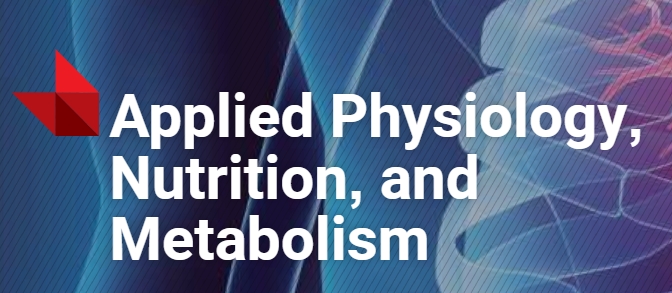Impellizzeri FM1, Rampinini E2, Maffiuletti NA1, Castagna C3, Bizzini M1, Wisløff U4
1, Neuromuscular Research Laboratory, Schulthess Clinic, Zurich, Switzerland;2, Human Performance Laboratory, Mapei Sport Research Center, Castellanza, Varese, Italy; 3, School of Sport and Exercise Sciences, Faculty of Medicine and Surgery, University of Rome Tor Vergata, Rome, Italy;4, Department of Circulation and Medical Imaging, Norwegian University of Science and Technology, Faculty of Medicine, Trondheim, Norway

To examine the effects of aerobic interval training on the decline in short-passing ability caused by a short bout of high-intensity intermittent activities. For this randomized controlled trial, 26 junior soccer players (mean age, 17.8 +/- 0.6 years; mean height, 178 +/- 5 cm; mean body mass, 74.5 +/- 6.9 kg) were recruited. After baseline measurements, subjects were randomly allocated to 1 of 2 groups: the control group (CG) or the aerobic interval training group (ITG). The ITG completed 4 weeks of high-intensity aerobic training, consisting of 4 bouts of running for 4 min at 90%-95% of maximal heart rate, with 3 min of active recovery between sets, in addition to normal training. Maximum oxygen uptake, Yo-Yo Intermittent Recovery Test level 1 (YYIRT), and short-passing ability (measured using the Loughborough Soccer Passing Test (LSPT)) were measured before and after a 5 min high-intensity simulation (HIS), reproducing the most intense phase of a match. The ITG (n = 11), but not the CG (n = 10), showed a significant 12% and 4% increase in YYIRT and maximal oxygen consumption after training, respectively, and reduced the worsening in LSPT penalty time after the HIS (p < 0.05). The relative exercise intensity during HIS decreased in the ITG only (p < 0.01). Our results demonstrated that junior soccer players may benefit from aerobic training to attenuate the decline in short-passing ability caused by a short bout of intermittent activities completed at the same pretraining workload.
Appl Physiol Nutr Metab. 2008 Dec; 33(6):1192-8.
PMID: 19088777 DOI: 10.1139/H08-111